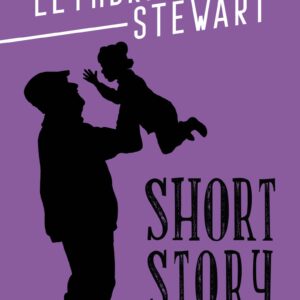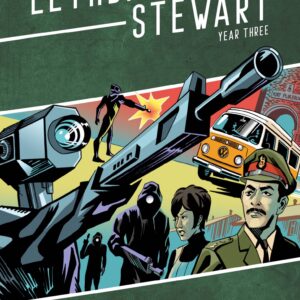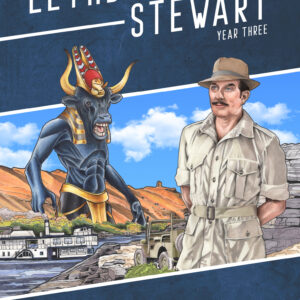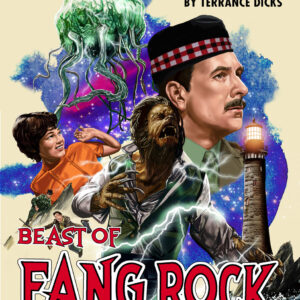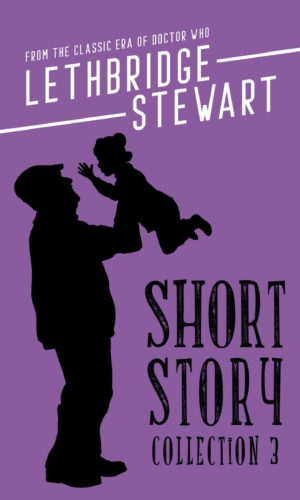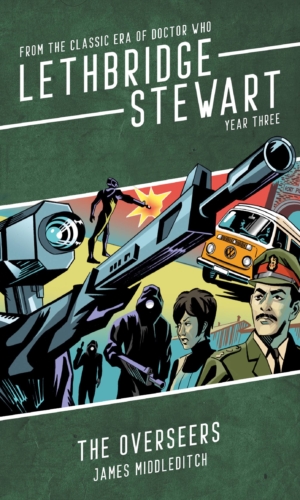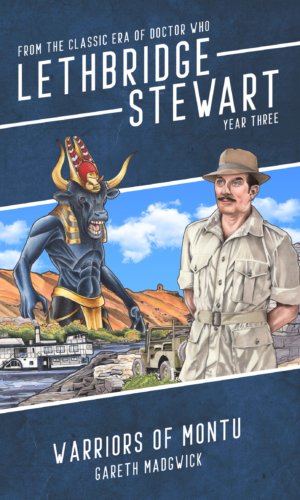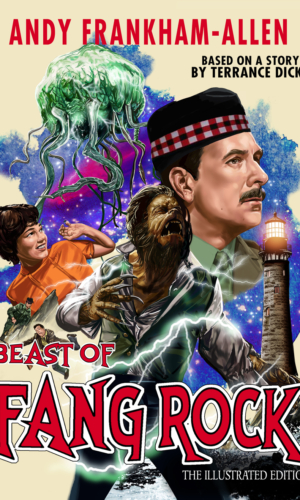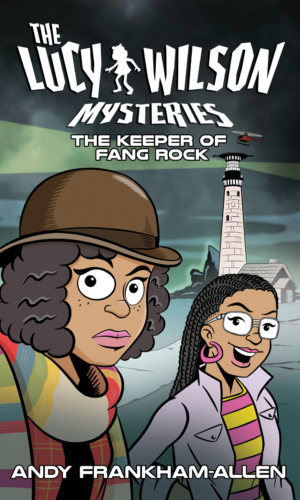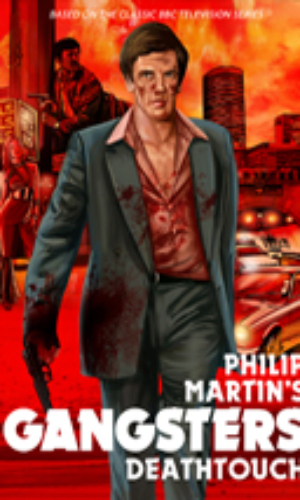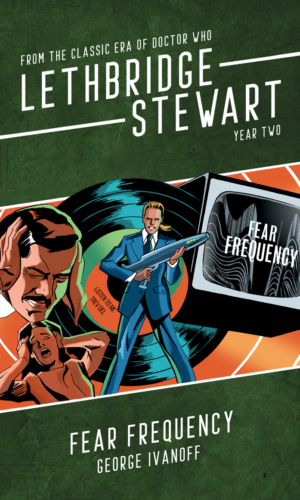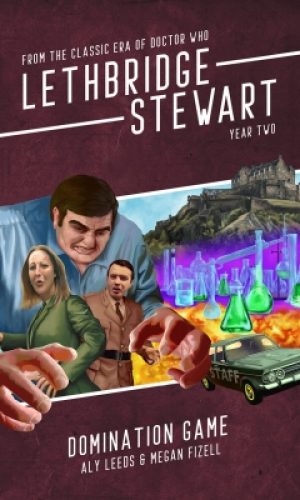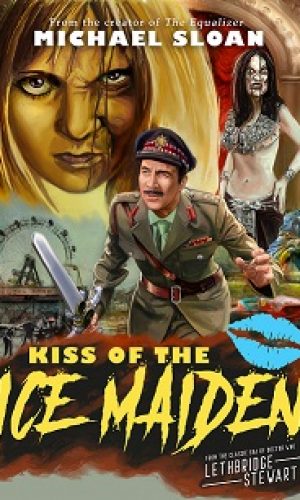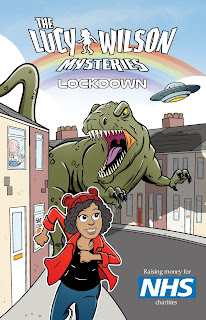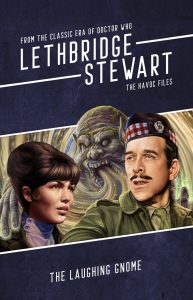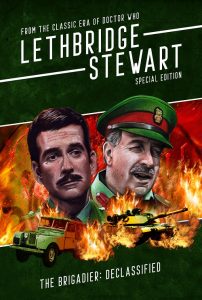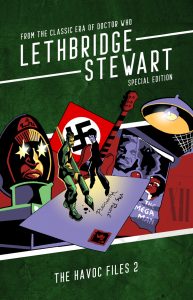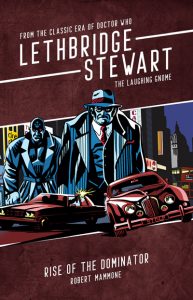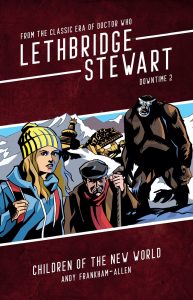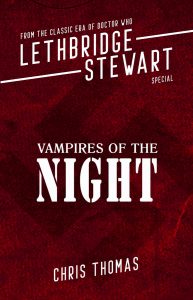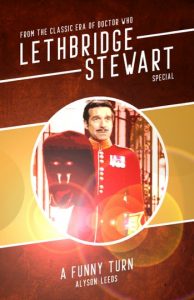Format: DVD
Warts & All: Cotton
Quote: We’d all become unpeople undoing unthings untogether.
Review: Back when I first acquired this on DVD, I was wary of watching it because I remembered it being an ordeal when I last saw it, but a gentleman known to many as Ian Potter assured me it would be better if rationed to one episode at a time. Limited exposure, like thesium radiation. And he was right. And since that’s how I’ve been approaching most of this rewatchathon it worked this time too. Kind of goes without saying, there are ropey elements – besides Cotton scene-stealing for all the wrong reasons, there’s a fine selection of other bad acting on display, such as Ky (I wonder if the writers were being really clever and knew Ky was Cornish for dog – dog, mutt, see what they did there?) being not great throughout and with another ‘special’ award going to warrior-chief, Varan, when he discovers the traces of mutation in his hand, and a painfully awful explosive decompression scene when the Marshall shoots a great big hole in Skybase. The actors writhe around on the floor like beached eels while I cringe on the sofa and try to distract myself by checking my phone for texts, tweets or anything.
However, the story plays to its strengths far better than Claws Of Axos, making a fair amount of mileage from its themes of colonialism and racial segregation and the big sci-fi concept of a metamorphic cycle linked to a long planetary orbit. And in some respects it beats Claws on its own ground, with the notions of our perceptions of physical appearance versus nature, the insectoid stage of the mutants (a nice design) being monsters who are revealed to be just frightened – and persecuted – people. They’re suitably monstrous, but you feel an appropriate pang of sympathy when one is gunned mercilessly down by the Marshall towards the end. Design work in general is pretty solid, with a reasonably well-realised Skybase interior and that aspect is only really let down at the end with the big rainbow-fairy-glow-angel into which Ky transforms, which has always struck me – and still does – as the most rubbishy Star Trekkish alien Doctor Who has ever produced.
Overall, the six-parter is very colourful and although never quite reaches the psychedelic heights of Claws there’s hints of similar in the CSO cave scenes where the Doctor and Professor Sondergaard fight their way to the heart of the radiation. There are elements of to-and-fro to spin things out to the full six parts and some odd decisions presumably to serve the same purpose: the Marshall’s troops mount a full-scale search for the Doctor and he slips past them in the mist when it would have been way easier just to stakeout the transfer base since that’s the only access point to Skybase.
Needless to say he gets captured anyway later. D’oh. Paul Whitsun-Jones is an effectively odious Marshall, clinging to colonial power over a planet that Earth’s empire is ready to relinquish, John Hollis invests some interest and personality in the character of Sondergaard, who would otherwise just be a cipher there to clue the Doctor in on missing pieces of the puzzle. (It’s a bit odd when the Doctor first sees him and refers to the figure in the anti-rad suit as something like “whatever it is” when it’s clearly a man in an anti-radiation suit.) But in another story, with more material, Sondergaard could be a more interesting character – and is rare in Doctor Who circles in that he’s a professor who survives past the end of the story.
The awesome Geoffrey Palmer pops up early on and meets with a more sudden end than he got in The Silurians. And, of course, there’s a government official – the Investigator – from Earth because it doesn’t matter what century we’re in, you can’t go for many Pertwee stories without one. The Cotton-Stubbs dynamic wants to be one of those classic character double-acts that Bob Holmes was famous for. It’s not.
But my favourite comedy moment is at the very beginning when the old bearded man staggers through the mist right up to the camera and you expect him to pant breathlessly and announce the one word, “It’s…” before the opening titles roll. And, all in all, “It’s…” better than you (probably) think.


